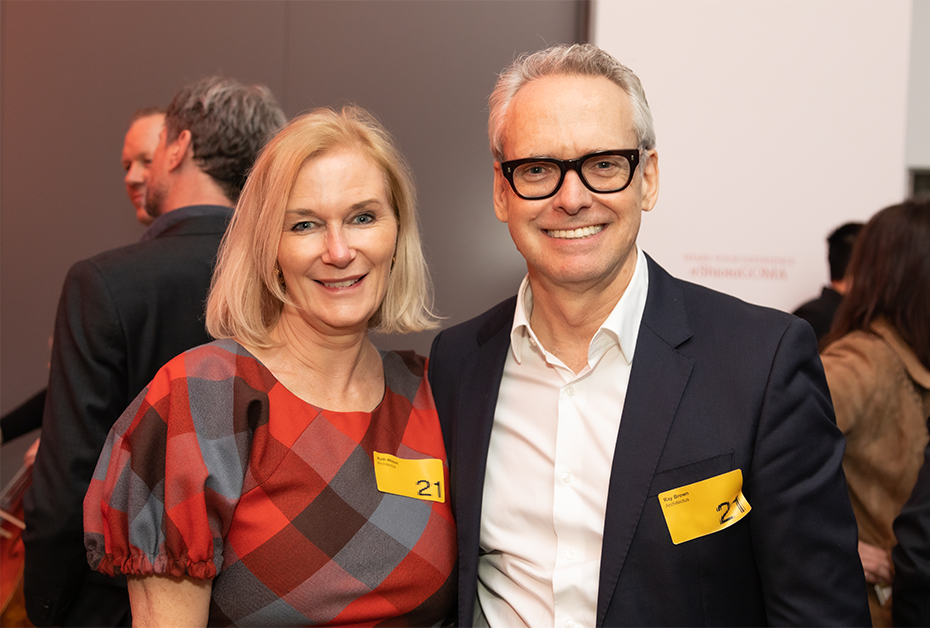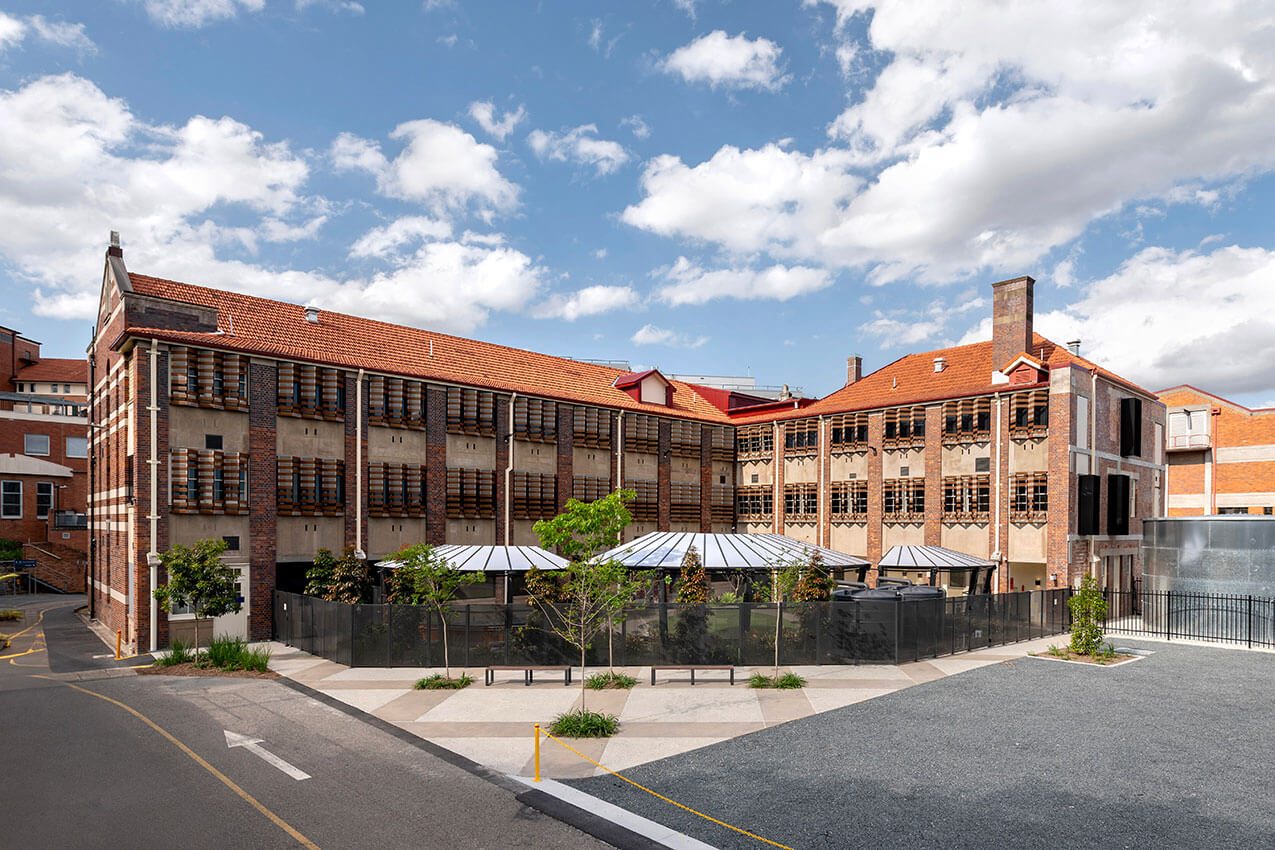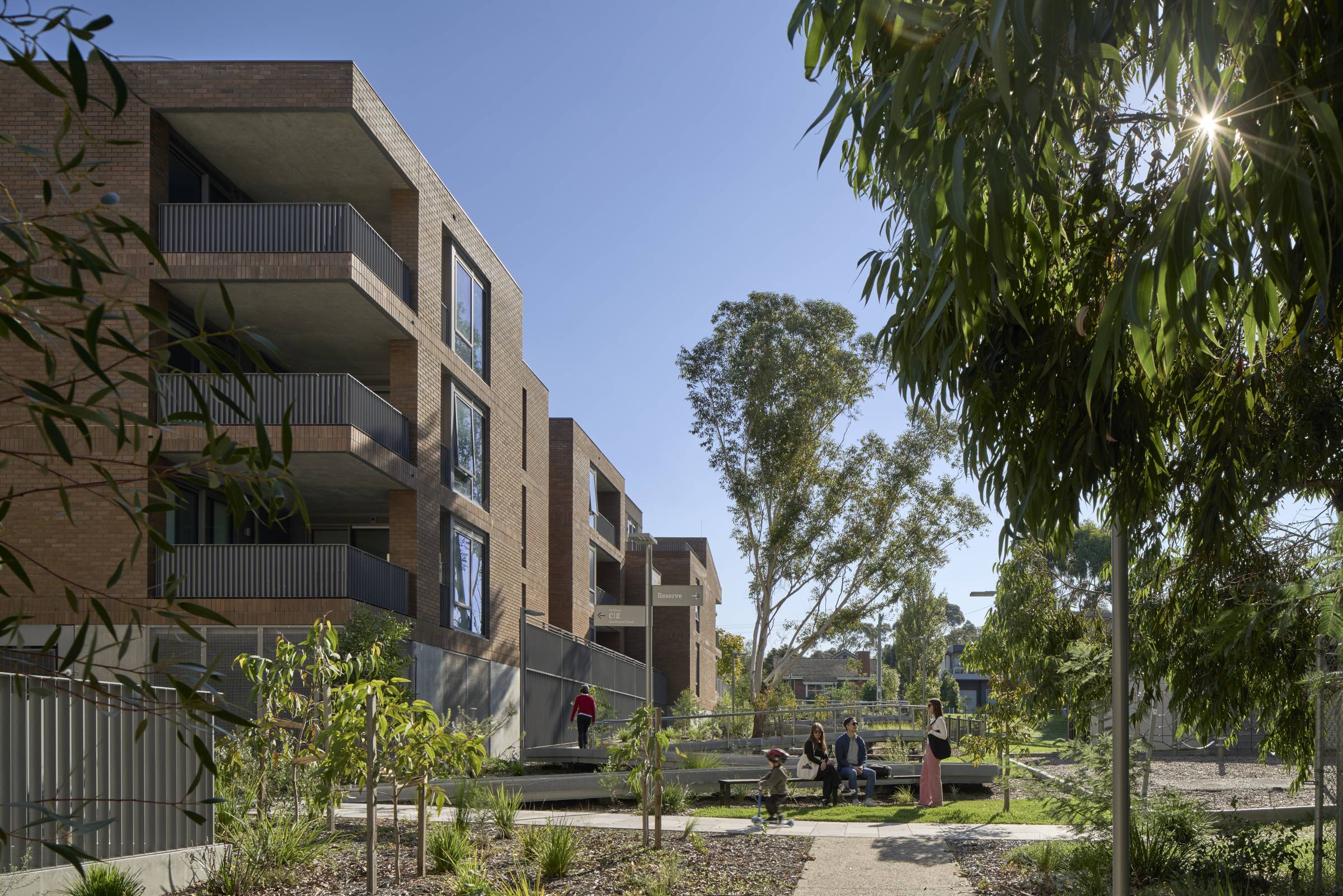Australia’s most sustainable office high-rise when it was completed in 2011, 1 Bligh Street was named one of the 50 most influential buildings of the last 50 years by the Council on Tall Buildings and Urban Habitat in 2019.
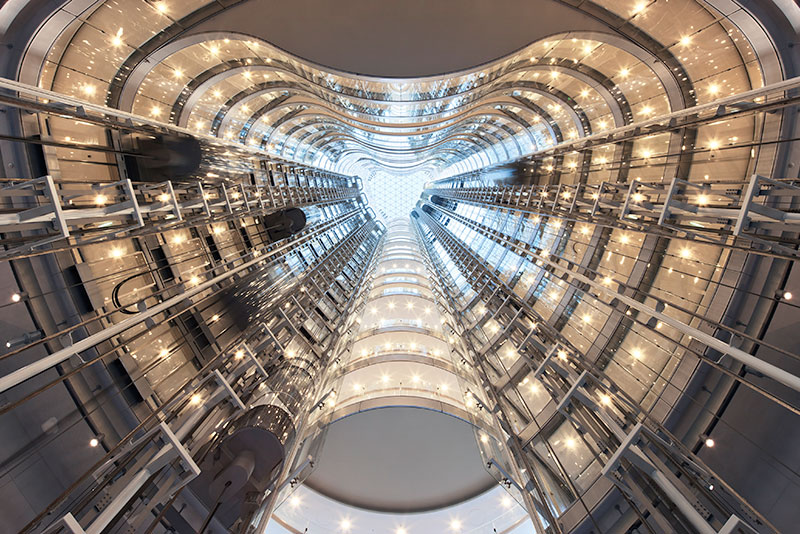
Which early projects stand out in your mind, and why?
Ruth: For me, Ray was synonymous with 1 Bligh Street in those early years. In our first decade, that project was such a significant international collaboration with German practice Ingenhoven Architects [whose founder, Christoph Ingenhoven, was appointed as the 2022 Laureate of the European Prize for Architecture].
“1 Bligh was an absolute landmark on the horizon in Sydney, and a real turning point for our practice.”
Ray: If you look across the country there were some pivotal projects for us in each market. I’d agree on 1 Bligh in Sydney, as well as Barrack Place and the recently opened Cranbrook School. The Queensland Gallery of Modern Art led to the formation of our Brisbane studio, and the Queen Elizabeth II Courts of Law were really important for us there. In Adelaide, I’d probably point to the Flinders University Health and Medical Research Building, and in Perth the Kings Square 5 tower. Projects like the State Library Victoria have helped us make our name in Melbourne.
Ruth: In Melbourne, I think our work for Loreto Mandeville Hall – including The Clendon Centre – is a great example of elevated design.
Ray: Yes, there’s been a range of exemplary projects at Loreto – highly awarded work that’s established our bona fides in education. We already had strong expertise in that sector, but that really brought it to the fore. It’s beautifully crafted design, in concert with really smart space planning.
A new homebase for years 7 to 9 at Loreto Mandeville Hall Toorak, The Clendon Centre is on the 2022 shortlist for the prestigious World Architecture Festival awards.
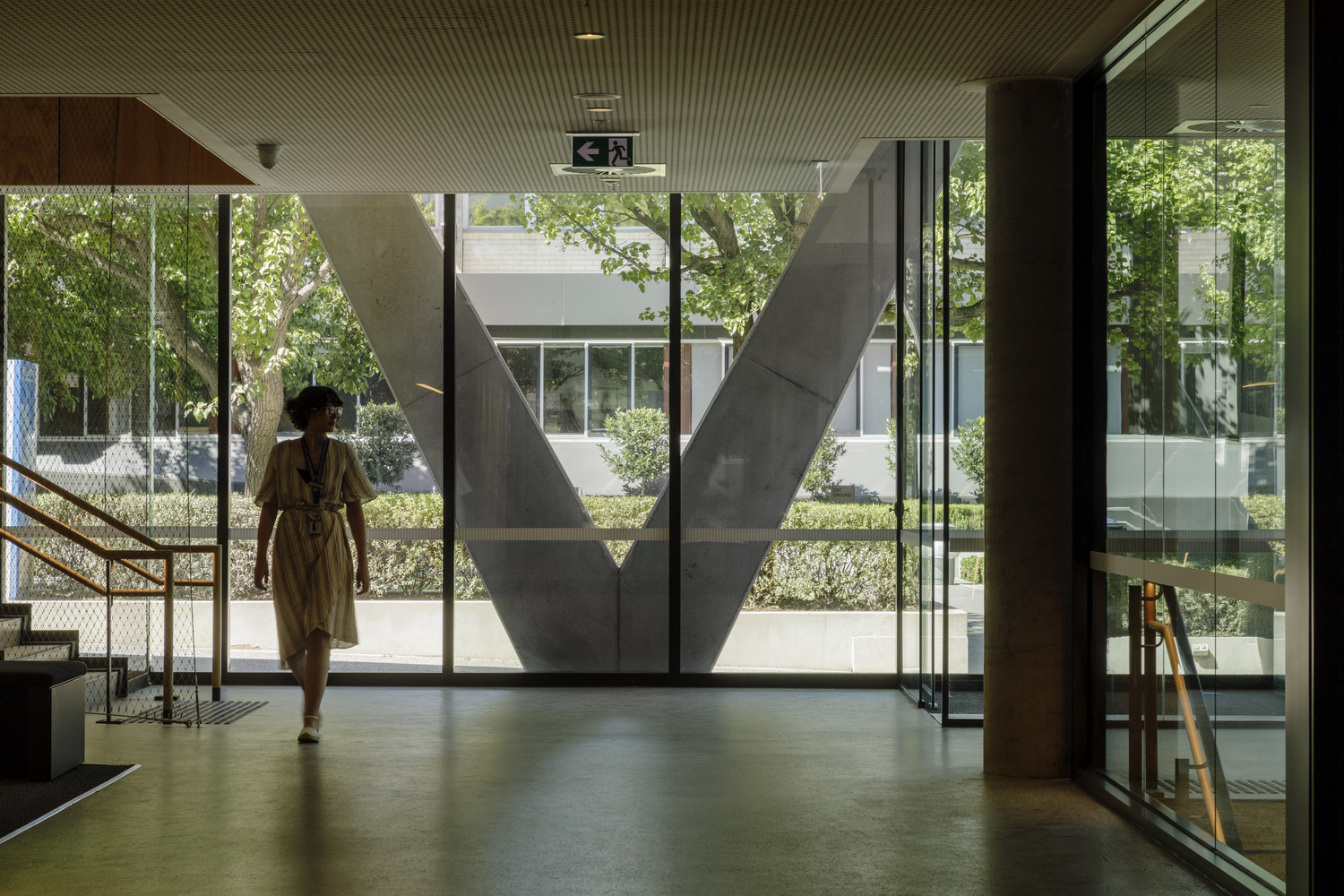
How have projects – and the profession – changed over the years?
Ray: Now it’s all about precincts and hybrid models at the intersection of transport, population growth, environmental concerns, and green space.
Buildings are just one part of a much broader confluence of interests covering so many aspects – urban design, landscape, mobility, environmental outcomes, community benefits.
And I think that’s made the role of the architect even more important. We can really demonstrate our value when it comes to modelling these multi-stakeholder environments.
“On complex projects we need to curate an eco-system, and there’s nobody better placed to orchestrate that than the architect.”
What does that complexity mean for the practice? Has your focus shifted?
Ray: We’re growing our expertise to work on more of these large-scale, city-shaping projects, where the boundaries are blurring between sectors and project typologies. That means major urban regeneration like the Central Precinct Renewal, traversing 24 hectares at the southern end of Sydney.
In the practice, there aren’t many project elements or building types where we don’t have an expert we can consult. When we overlay that specialisation – that deep expertise – with strong collegiate values, we can get extraordinary results, with great engagement and satisfaction from our clients.
Architectus is Urban Design Lead on the Central Precinct Renewal – the largest urban regeneration program seen in Sydney to date.
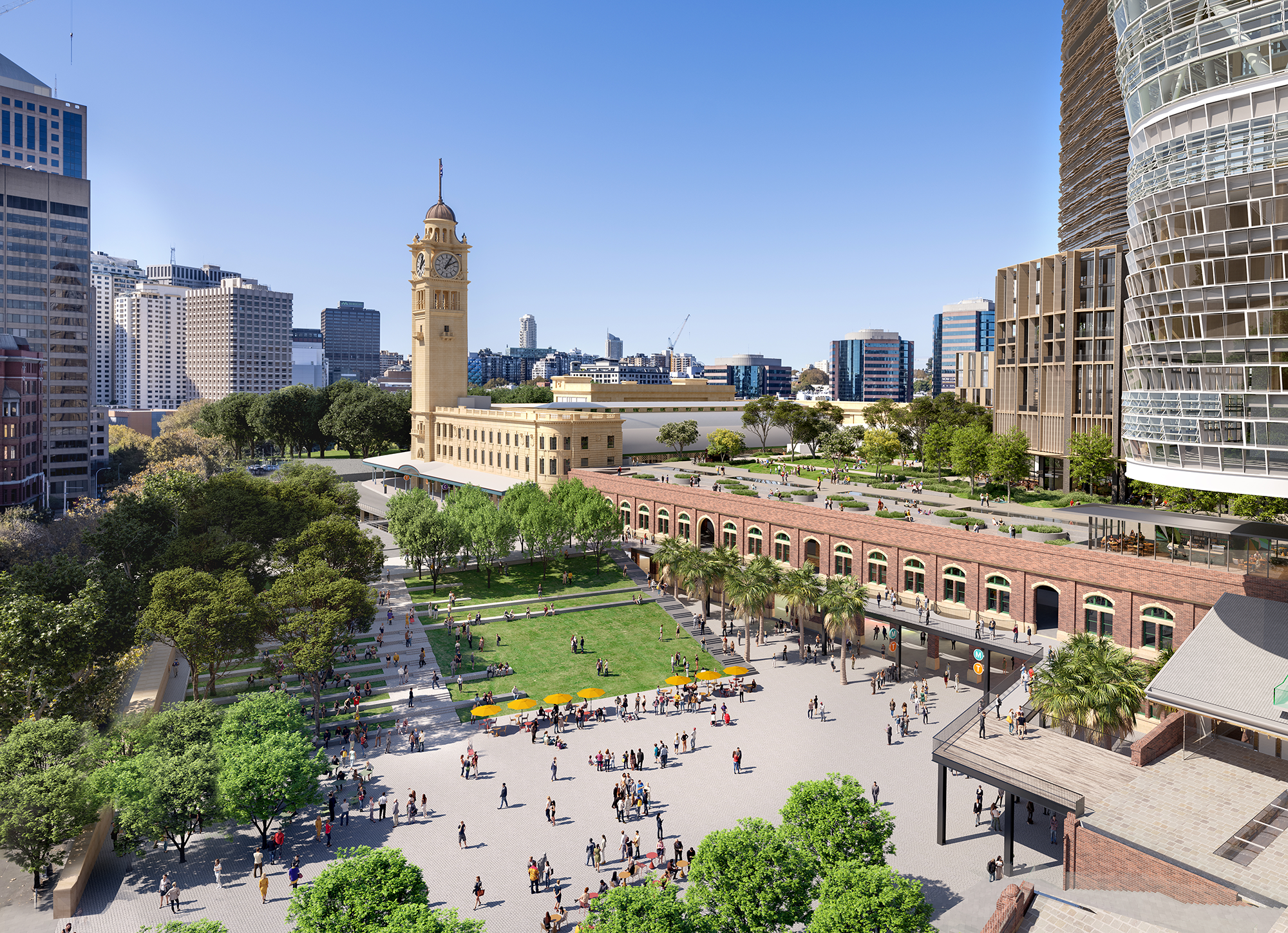
Ruth: When you think about how we design, it’s all about predicting human behaviour, and then modulating it through a spatial experience. And that extends to all these elements Ray mentioned. For example, when it comes to the environment, people are always going to be happier and feel better when they’re in a healthy ecology, something design can foster.
Ray: That’s right – we’re coordinating everything that goes into these projects so we can create a human-centred environment. A place where people feel comfortable and inspired. A place that looks beautiful AND works beautifully.
“We’re engineering the human environment.”
Those places you create, would you say they’re distinctly Australian? Is there such a thing?
Ruth: We were one of the first large practices to have an endorsed Reconciliation Action Plan, and we’ve reflected on this topic a lot over the years. We’ve also learned from the example set by the Architectus studios in New Zealand, where the creative process is truly bi-cultural, with First Peoples at the heart of decision making.
“We know that listening to, learning from, and working with First Peoples results in richer, more meaningful design outcomes.”
Award-winning Arrernte artist Heather Kamarra Shearer collaborated with our practice on ‘Architectus Reflects’, an original artwork that formally captures our commitment to partnership with Reconciliation Australia.
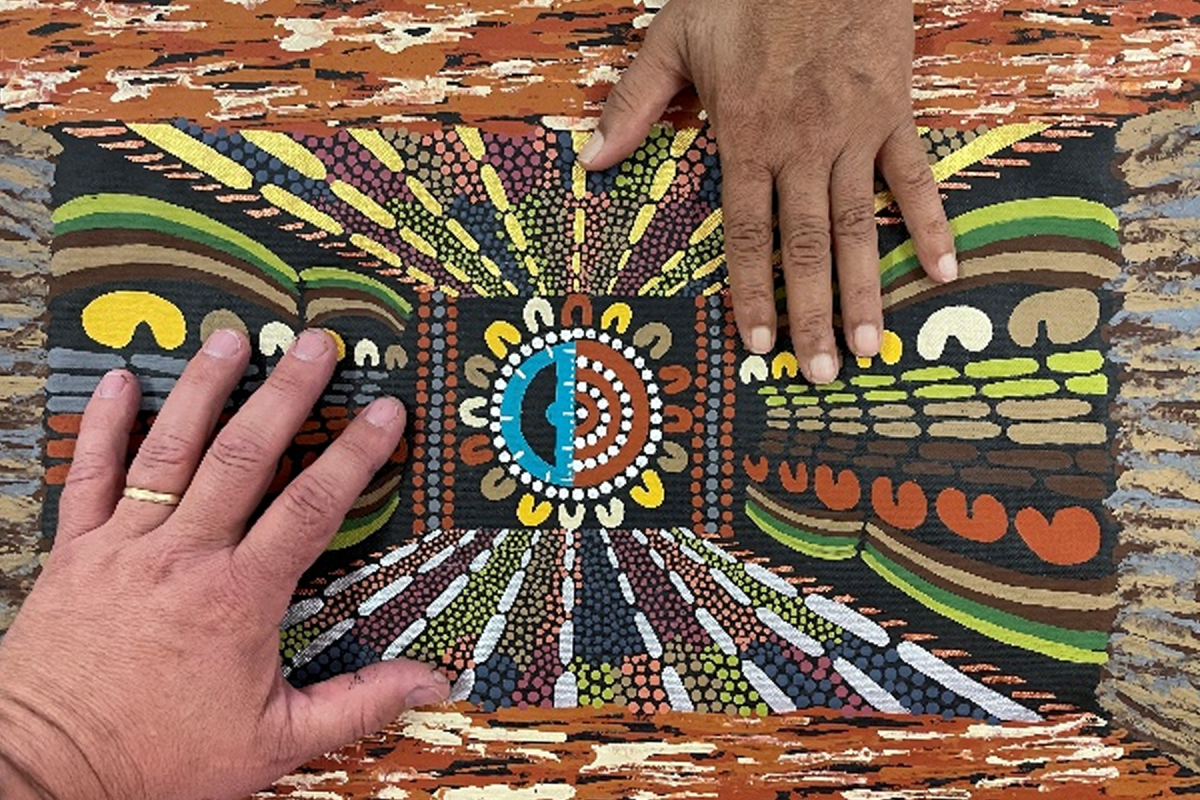
With the benefit of their powerful connection to and knowledge of Country, we can create more authentically Australian places together.
We’re making progress across all our Australian studios, where our commitment is made real through local engagement and outcomes. It’s also heartening to see the momentum on reconciliation building nationally, across the profession and beyond.
In addition to that shift, we’re generally seeing a stronger focus on local – local workforce, local materials, a local approach. That’s one of the things the pandemic has surfaced.
“I think there’s an Australian architecture, and we’re part of it. Those distinguishing features will only become more evident as time goes by.”
It’s about responding to our context and to our lifestyle, especially on residential projects.
Ray: We have an outdoor lifestyle. We’re also social and ‘networked’. That means we’re designing more residential towers with shared spaces for people to gather in larger groups.
Australians also have a strong focus on the knowledge economy, on education. We’re seeing more and more investment in that space, and that looks like it will continue. There’s a recognition of their potential to shape our lives.
Ruth: I think that’s true – those experiences are imprinted on us, whether we’re talking about learning or social interaction.
As a practice, we’re united by our shared curiosity about how people encounter spaces and places – and how we can make that experience richer through design.
What do you see as the biggest challenges ahead, for Architectus and for clients?
Ruth: Designing for carbon neutrality is a big one. That hasn’t really been done properly yet, so there aren’t that many examples around.
Imagine we’re working with a university that wants to be net zero by 2030. That’s going to demand a totally different way of looking at their development portfolio, their energy systems, their maintenance regimes, the materiality of their buildings…everything.
And the whole supply chain will need to be alert to it – from the engineers to the designers putting it all together. The industry is evolving to meet these challenges.
Ray: The carbon accounting we’re going to have to do upfront will drive more integration. There’s going to be more thought and care put into the planning and approval of our buildings.
“I think we’re going to see a move back to truly integrated design.”
What does the future hold for Architectus?
Ray: We’re evolving every day, to realise our vision of becoming Australia’s leading architecture and design studio.
On projects, the work we do can take a long time and a lot of commitment from our people, from the earliest phases and up to opening day. But it’s so rewarding to be part of that cycle, to see things come to fruition.
Building a practice is similar. It involves long horizons, and an unwavering focus and commitment.
“The best architecture stands the test of time, and we want our practice to endure in the same way.”
